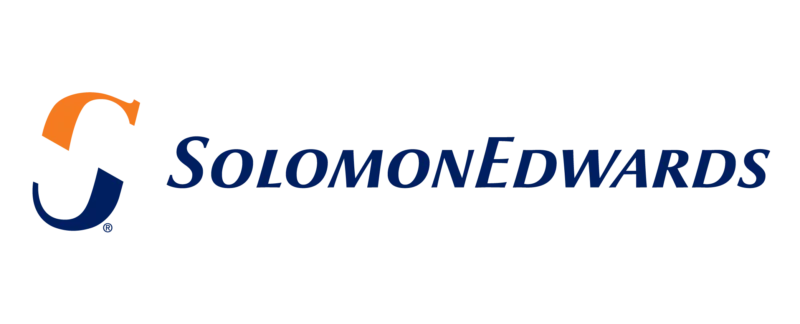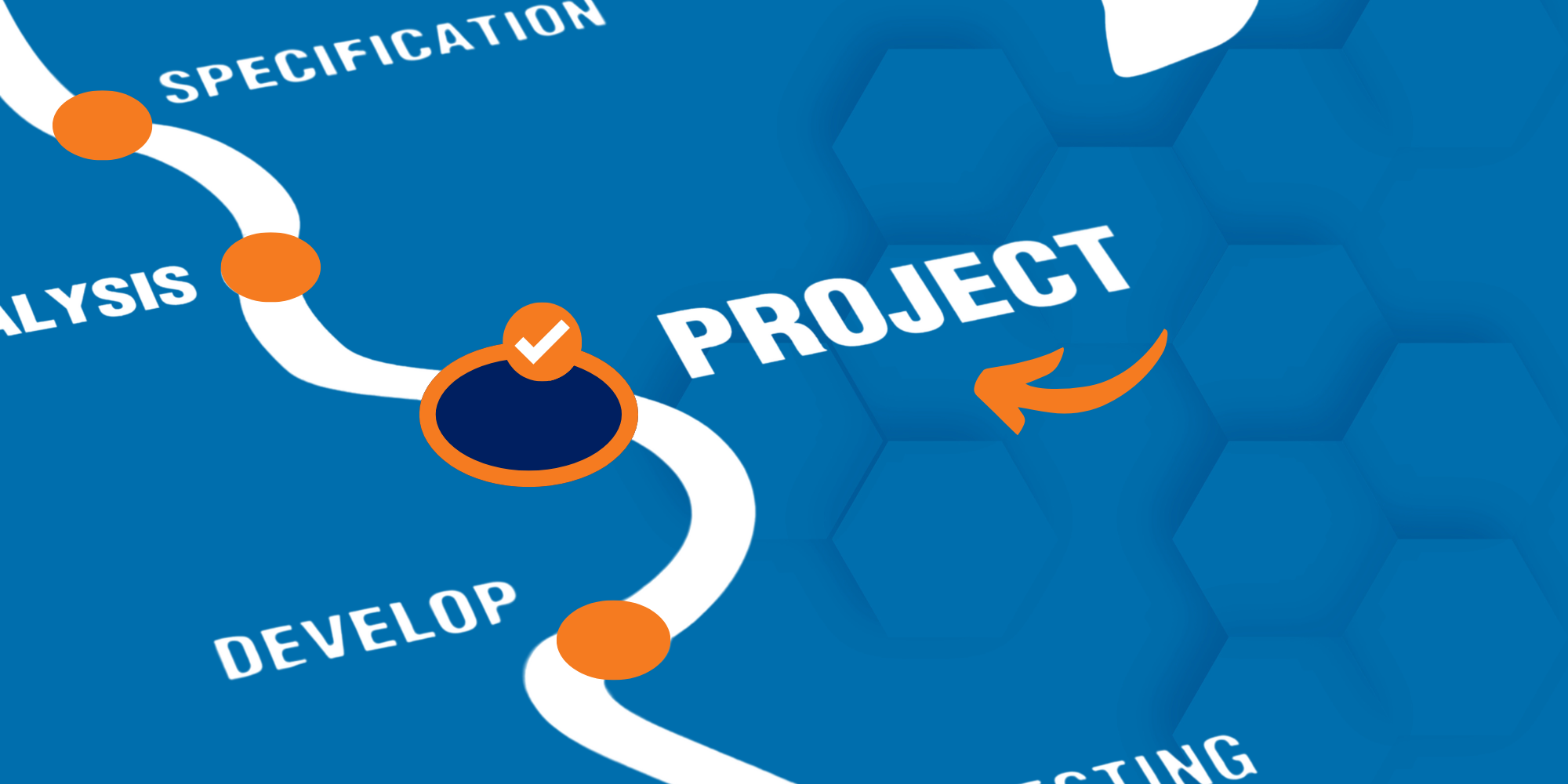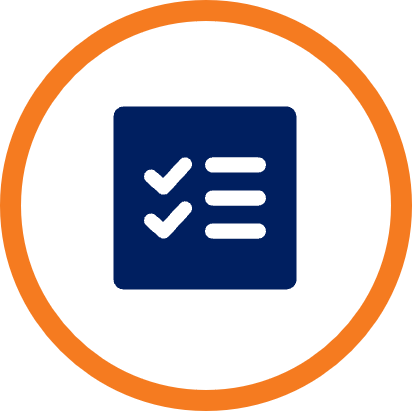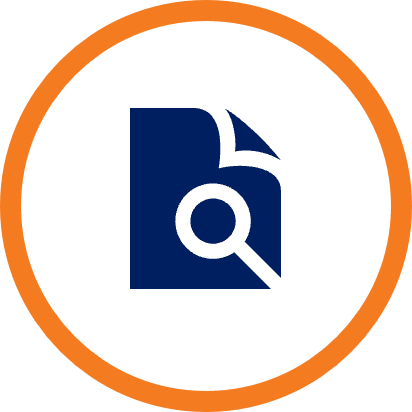As financial institutions accelerate digital transformation, regulators, including the Office of the Comptroller of the Currency (OCC), have intensified their scrutiny of governance frameworks overseeing change management and enterprise project management (ePMO).
With increasing regulatory focus on these areas, financial organizations must ensure change management is integrated throughout the organization, from product development to organizational management and process enhancements. It is no longer limited to traditional technology projects. Therefore, change needs to be well defined, understood and managed through frameworks that are both operationally effective and demonstrably adhered to.
One way to accelerate your organization’s adoption of change management is to build it into existing risk management and project delivery constructs.
1. The Role of Governance in ePMO and Technology Oversight
Enterprise-wide projects and technology initiatives are no longer siloed business or IT functions—they are enterprise risk drivers. The ePMO and technology steering committees play a critical role in managing this risk by:
- Aligning initiatives with the organization’s risk appetite and business objectives
- Ensuring appropriate project prioritization and resourcing
- Overseeing structured enterprise change management (ECM) to support successful adoption and minimize risk
- Enforcing accountability and escalation paths
2. Heightened Regulatory Expectations
Regulators have expanded their expectations around governance to include not just framework existence, but also the following focus areas:
- Design robustness
- Effectiveness
- Adherence
- Auditability
Recent Observations in Regulatory Exams
Findings from regulatory reviews often include gaps between policy and practice, inconsistent prioritization, and governance bodies functioning more as information-sharing forums than decision-making entities.
3. Characteristics of a Robust Governance Framework
Governance frameworks should include the following components:
Component |
Key Attributes |
|
|
Clear mandate, scope, authority, procedures and escalation protocols |
|
|
Regular meetings with formal agendas and documentation |
|
|
Enterprise change protocols are embedded in project delivery, technology releases and organizational readiness planning |
|
|
Inclusive of business, technology, risk, compliance, legal and finance |
|
|
KPIs and KRIs that inform decision-making and risk acceptance |
|
|
Visibility from project intake to approval and execution |
|
|
Timely escalation and resolution of issues |
4. Operationalizing Governance
Closing the “Say-Do” Gap
Governance must be active and enforced. Internal reviews should test adherence via meeting minutes, artifacts, project sampling and evidence of control function involvement. Is ECM involved early and consistently in technology and project delivery lifecycles to assess change impacts and drive readiness? It is critical that the framework and procedures are robust enough to manage risk and provide controls but not too complex that following the plan becomes cumbersome for the enterprise.
5. Benefits Beyond Compliance
Mature governance provides the structure and discipline necessary to drive enterprise-wide alignment, ensuring that strategic initiatives are executed effectively while maintaining control over risk and change. Specific benefits of a mature governance framework include:
- Strategic clarity
- Operational efficiency
- Risk management discipline
- Stakeholder confidence
Read how we led the design and launch of a bank’s SMO through a structured multiphase approach.
Governance is Foundational
Effective governance of the ePMO and technology steering—inclusive of change management—is a foundational requirement for sound operations. Institutions that close the execution gap and demonstrate rigorous adherence will enhance agility, resilience and regulatory confidence.
Whether you’re looking to strengthen your governance model, execute more effectively or align change management with regulatory expectations, our team can help. Get in touch if you’d like to explore practical steps to elevate your ePMO and technology steering capabilities.
About the Author
Frank Ferriola leads the Technology Enablement practice for Banking and Financial Services at SolomonEdwards. With more than 30 years of experience in the banking industry, he brings a strong balance of expertise across all areas of the organization. Frank partners with institutions to develop strategic roadmaps for technology and digital innovation to create frictionless and efficient experiences.
To learn more, contact Frank at fferriola@solomonedwards.com.












